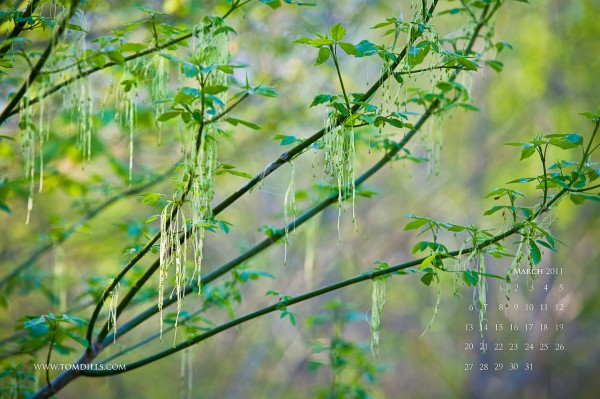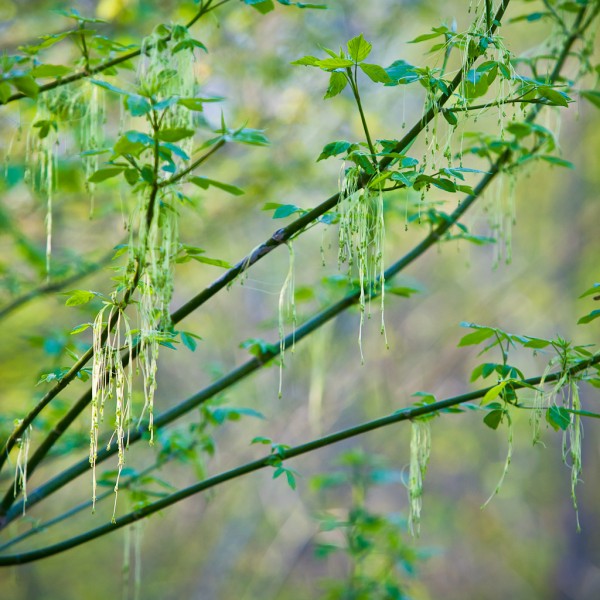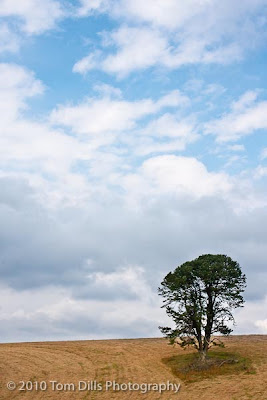I’ve written previously about how I am really liking the idea of using a compact Point & Shoot camera for a lot of my photography. I feel these little gems deserve some real respect in terms of their capabilities. The camera companies seem to be having a lot of success convincing people that they “need” DSLRs, but I disagree. I don’t think the average consumer needs anything more than a good Point & Shoot camera, and I’m a firm believer that anyone can take excellent photographs with them.
In this first of two parts I’d like to outline the Pros and Cons of shooting with a compact Point & Shoot camera.
Part I: The Pros
Small and light
Let’s face it. I don’t have a lot of gear compared to many of my friends, but all the DSLR stuff that I use fits in a bag that – even though it is airline “legal” – I would probably end up having to check at the jetway. On my most recent vacation, I took all the photo gear I needed in a little Delsey “doctor bag” that held all my stuff with room for my phone, iPod and more. Ironically that bag is the one I used to carry my medium format film gear in. It’s all I needed!
A very serious camera, but fun to use
My current Point & Shoot camera is a Canon G12. It’s got an excellent lens, shoots in RAW, has Image Stabilization and lots of other features that make it a great camera. I don’t shoot in “Auto” mode, but it has a couple of custom presets that I’ve set up to make it a piece of cake to use.
Easy to take anywhere, fits in my pocket
Chase Jarvis published a book of photos taken with an iPhone camera based on the premise that “the best camera is the one you have with you.” My cell phone takes pretty good pictures too, but not like my G12. It fits in my briefcase or my pocket and can go anywhere I go.
Inconspicuous – I don’t look like a “pro”
People everywhere – from rent-a-cops in the Charlotte office buildings to native trinket sellers on St. Martin – are leery of tourists with a big SLR and a “pro” looking lens. My little camera blends in – as much as I blend in anywhere – and I look like everyone else. After a while nobody notices me, as long as I behave.
Squarish format
The G12 has a frame that is roughly 3×4, a format I came to really like when I shot medium format film. I take a lot of verticals, and I find the more square format a lot more appealing than the longish 2×3 format of most DSLRs, especially in the vertical orientation.
Large depth of field
Even wide open the small sensor in these cameras gives you lots of depth of field. And if you stop down to f4 or smaller you hardly have to focus (although I recommend that you do!). This can be a hindrance in some situations, but it’s just something you learn how to deal with.
Live histogram
This is not exclusive to point & shoots, but I love the fact that my G12 has a live histogram, so I can judge exposure before the shot, instead of having to shoot and adjust, shoot and adjust. Saves time and memory!
Excellent image quality within limits
I’ve taken photos at ISO 3200 that are pretty amazing when you consider that a few years ago we didn’t dare use film over 1000, and usually not over 400. It’s not something you’ll use a lot, but it can make the difference between getting a shot and not getting it. The lens correction and noise reduction in Lightroom and other programs makes the files from my G12 look as good as those from my 5D
No sensor cleaning!
This is a biggie for me, because I’m terrible at cleaning my sensor on my DSLRs. With the G12 it’s never a problem.
Next: The Cons












